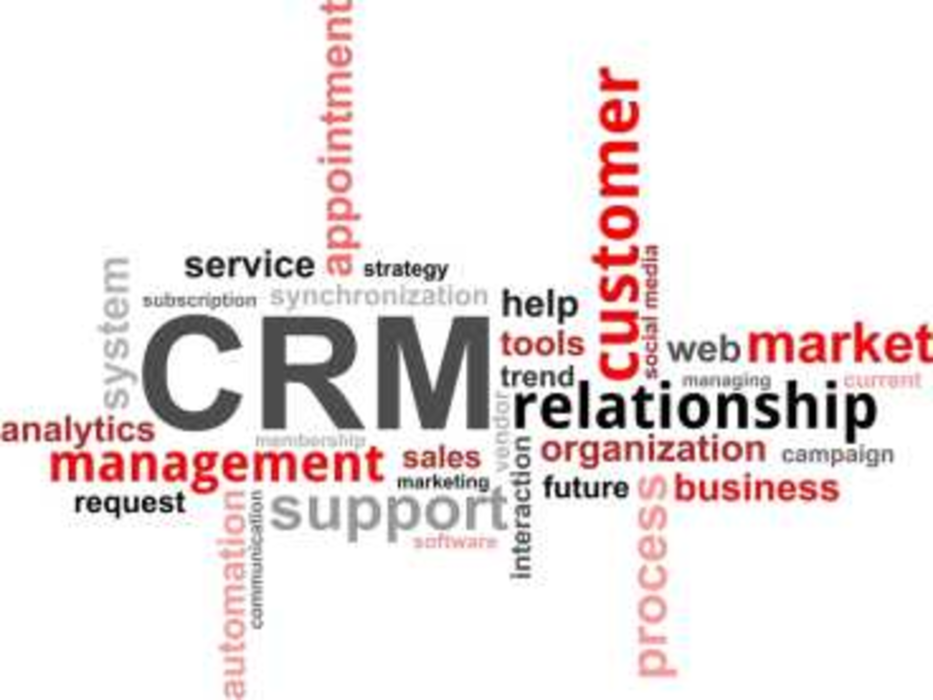“Some people think CRM is an old term,” Gene Alvarez, Gartner VP and distinguished analyst, told a rapt audience during the opening keynote at its Customer 360 Summit. They’d be wrong.
In 2012 Gartner polled more than 220 CEOs. CRM was the number one strategic priority at 58%. In 2013 the research firm asked more than 150 CEOs and CFOs the same question. Customer experience management came in at #3 with 48%. Gartner also asked CIOs for their top business strategies in 2013. Increasing enterprise growth came in at #1, and attracting and retaining customers was #4.
“Why is this important?” Alvarez asked, and then answered: Think about the Apple Store experience. Or Amazon Prime, where many customers’ feeling is: “It’s so great, I can’t stop ordering!”
The race to connect with customers is fast becoming an increasingly heated one. “Who will the winners be?” Alvarez asked. “Customers will tell us. They’ll be the judge.” And if companies are underperforming, they’ll be taken to task on social.
Alvarez when on to explain that to meets customers’ exacting demands, organizations must understand, engage, deliver.
Understand
“Understanding,” said Gartner Research Director Jim Davies, “is the most important aspect of CRM. How can you engage customers without understanding them?” He cited marketing as an example. “Without understanding, marketing is inappropriate and ineffective,” he said.
Davies noted that how we understand customers has evolved significantly, from simple demographics to behavior to being contextually aware using elements like location and intent. This is where Big Data comes into play. “Big Data is the most hyped expression right now,” he said. “But use it well and can enhance the performance of marketing, sales, and service.”
But big, or “volume,” isn’t the key to Big Data. There’s also variety, velocity, and complexity. Marketers need to consider all four. However, according to Davies, focusing on variety delivers the most business success. Marketers need to collect varied data about their customers and use it to gain a deep understanding of their needs, he said. Marketers must determine what data they need to gather; then collect, store, analyze, and relate it to get a true single view of the customer. Davies recommended using master data management.
Engage
Once marketers gain that deep customer understanding they should use it to engage their customers. “We need to interact with customers,” Alvarez said, adding that marketers should keep in mind that customers want us to be there when and where they want us—delivering communications to them in a personally relevant way. But not so much that it creeps them out,” he said, citing as an example KLM’s Meet & Seat program, which allows travelers to register their Facebook or Twitter handles and see those of others who have signed up, to possibly sit together on a flight. (By a show of hands, about 90% of attendees found this creepy. The rest thought it was cool.) Customers also want you to go away when they don’t need you, but be there when they do, Alvarez said.
According to Alvarez, business leaders today need to think of engagement in the whole customer life cycle. They have an opportunity to build engagement at every customer touchpoint and interaction. In other words, engaging customers in context is the way organizations will win.
Deliver
“We need to deliver on the customer promise through innovation and data,” Gartner VP and Distinguished Analyst Ed Thompson noted. As a result, he said, business models are changing. And with that change marketers need to refocus in six areas: ideation, creation, engagement, offers, monetization, and ability to adapt.
Thompson cited several examples of companies delivering a unique or compelling customer experience. One company is Friendsurance, an online, peer-to-peer insurance company. According to its site, “Customers can connect to form individual insurance-networks, thereby lowering their annual insurance premiums by up to 50%.” The service also reduces fraud and service costs because friends are “linked” to friends.
Another is barclaycard ring, a crowdsourced, variable APR credit card. Cardholders, who are also community members, can vote on the APR. Barclaycard makes it clear what the profitability will be, as well as the benefits and drawbacks of changing the rate. The approach provides transparency and the community-driven nature of the card builds engagement.
Ski destination Vail connected its RFID-tagged ski passes to cameras used by professional photographers. Skiers can upload clear, professional images to their social networks (much better than trying to take a photo with your phone while skiing); they also can pay for the high-resolution photos. In this way Vail boosts engagement—and significant visibility via social—and has the opportunity to generate not only direct revenue from the photos, but more important, future revenue from current customers and prospects in their social networks.
Finally he cited Fiskars, which makes scrapbooking scissors. The company launched an online community, Fiskateers, as a test. It was so successful that it now gets about $4 million a year in funding with several full-time bloggers on staff, events, in-store demos, and product co-creation as elements of the community. As a result Fiskars totally dominates the scrapbooking scissors market.
Alavarez left attendees with Gartner’s philosophy on customer engagement: “Earning customers for life is about effectively understanding customers so that each engagement will drive loyalty, and will satisfactorily deliver on the customer promise of the organization.” Understand, engage, and deliver.








